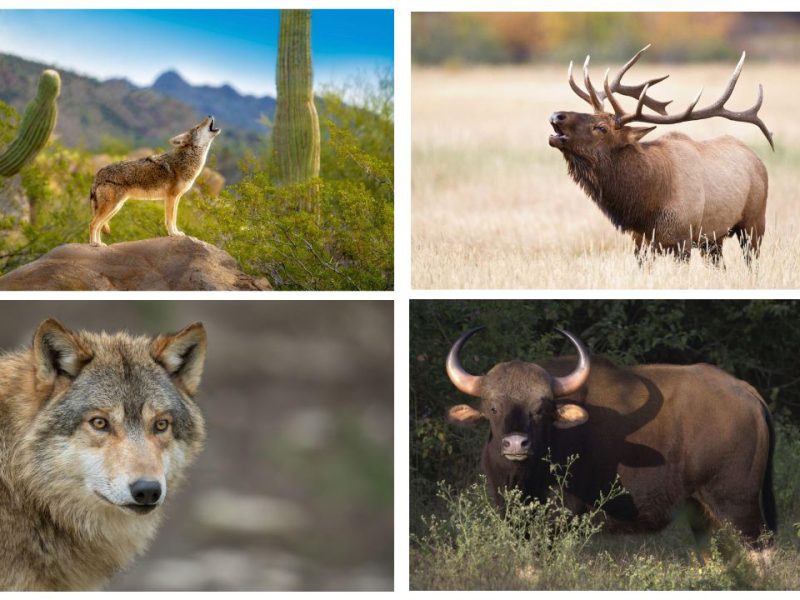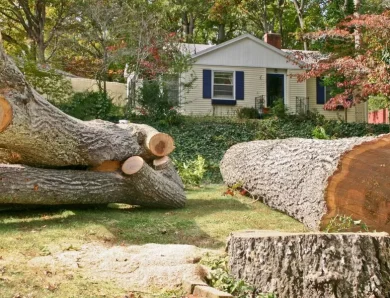
Yellowstone National Park – Iconic Wildlife Preservation
Yellowstone National Park, located primarily in the state of Wyoming in the United States, is known for its stunning landscapes, unique geothermal features, and diverse wildlife. Yellowstone was the first National Park established in the United States and served as the catalyst for the world’s national park services.
The idea of preserving it as a public park for the enjoyment and benefit of future generations is essential. National parks protect beauty and amazing feats of nature, but the most important thing they protect is the ecosystems where so many of the world’s vulnerable species live.
Yellowstone is a park that is home to a wide range of species, including mammals, birds, fish, reptiles, and amphibians. Along with the geothermal features that are so unique, the park is an investment in the habitat of all of these species.
Some of the iconic wildlife that Yellowstone National Park protects:
- Bison: Yellowstone is one of the few places in the United States where wild bison still roam freely. The park is home to the largest wild bison herd in North America, with an estimated population of over 4,000. Bison can be seen grazing in meadows, crossing rivers, and roaming the park’s vast grasslands.
- Gray Wolf: Yellowstone is known for its gray wolf population, which was reintroduced to the park in 1995 after being extirpated from the region in the 1920s. Visitors may have the opportunity to see the wild wolves hunting, playing, or resting in the park’s Lamar Valley or Hayden Valley.
- Elk: A large population of elk, which are often seen in the park’s meadows and valleys. During the fall rutting season, visitors may witness bull elk bugling, competing for mates, and engaging in dramatic displays of strength and dominance.
- Grizzly Bears: Yellowstone is one of the few places in the lower 48 states where grizzly bears still exist. While they are elusive and not often seen, visitors may catch a glimpse of these magnificent bears foraging for food, such as berries, fish, or small mammals, in the park’s backcountry.
- Pronghorn: Pronghorn is the fastest land mammal in North America habitats in the park. Visitors may see these unique-looking animals sprinting across the park’s grasslands, reaching speeds of up to 60 miles per hour.
- Bald Eagles: Yellowstone National Park is a prime location for bird watching, and the bald eagle is one of the park’s most majestic bird species. These iconic raptors can be spotted soaring over the park’s lakes and rivers, hunting for fish and small mammals.
- Cutthroat Trout: Yellowstone’s rivers, streams, and lakes are teeming with fish, and the cutthroat trout is one of the park’s most prized fish species. Anglers come from all over the world to try their luck at catching these native fish in Yellowstone’s pristine waters.
- Bighorn Sheep: Bighorn sheep are known for their impressive horns and agile climbing abilities. These majestic animals can be spotted scaling the steep cliffs and rock formations in the park’s northern regions.
- Coyotes, foxes, otters, and other small mammals: There are a variety of smaller mammals, such as coyotes, red foxes, river otters, and many others thriving in the grassland and mountain. These elusive creatures can sometimes be spotted hunting, playing, or foraging in the park’s diverse habitats.
The Global Alliance of National Parks unites the global community providing education about the world’s national parks and the natural resources they protect. The commitment is to help engage the world in conservation efforts that collectively protect the globe’s national parks and ecosystems across the world.
It is the responsibility of every person to preserve these ecosystems, which will ensure the survival of rare and endangered plant species. Yellowstone was the first but the world has thousands of national parks that need attention and support, and there is a need for even more new national parks.




